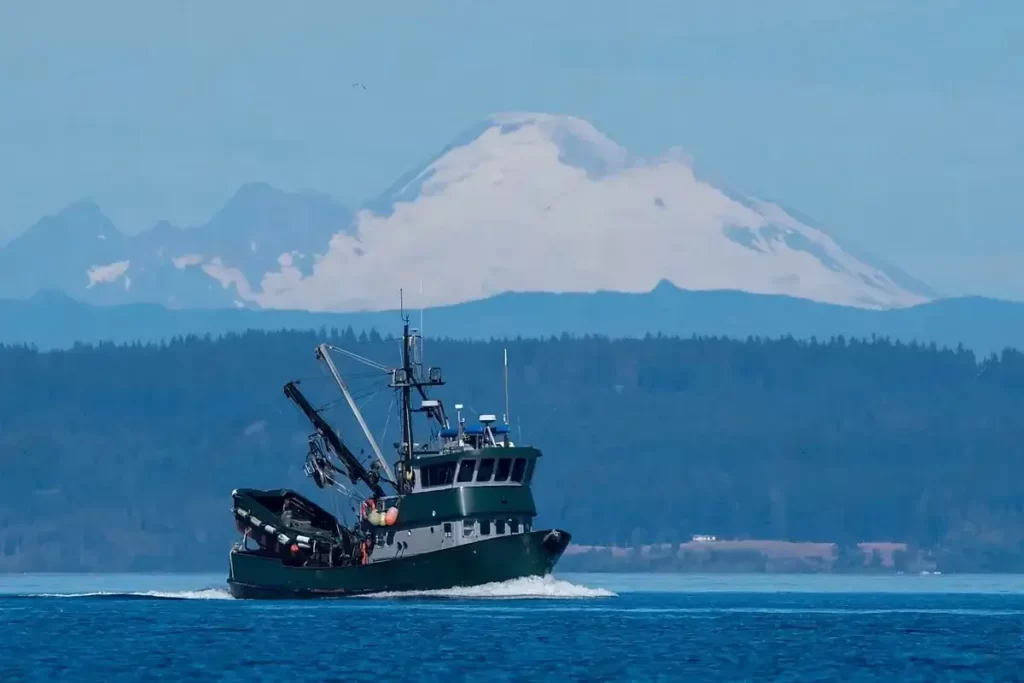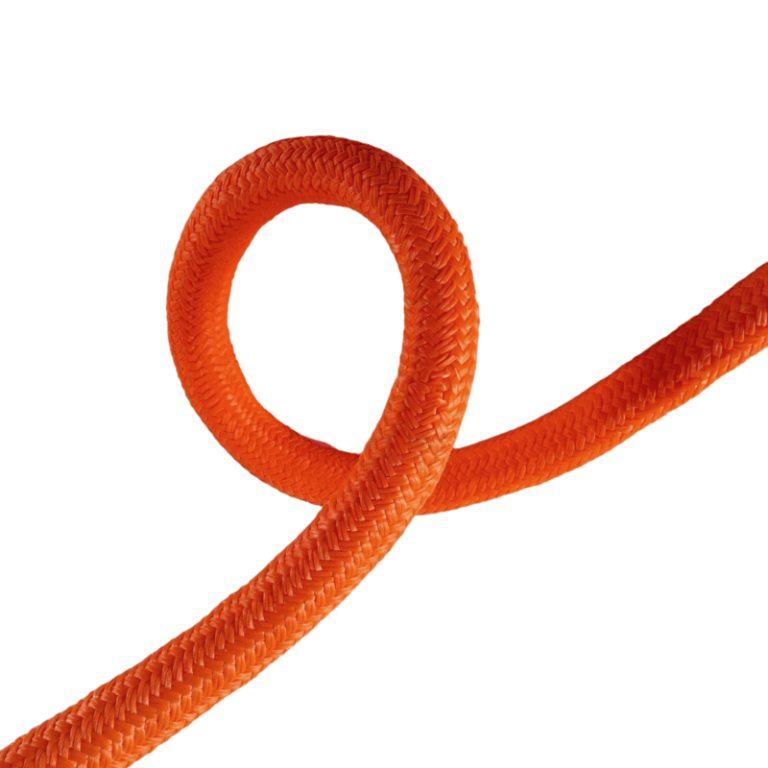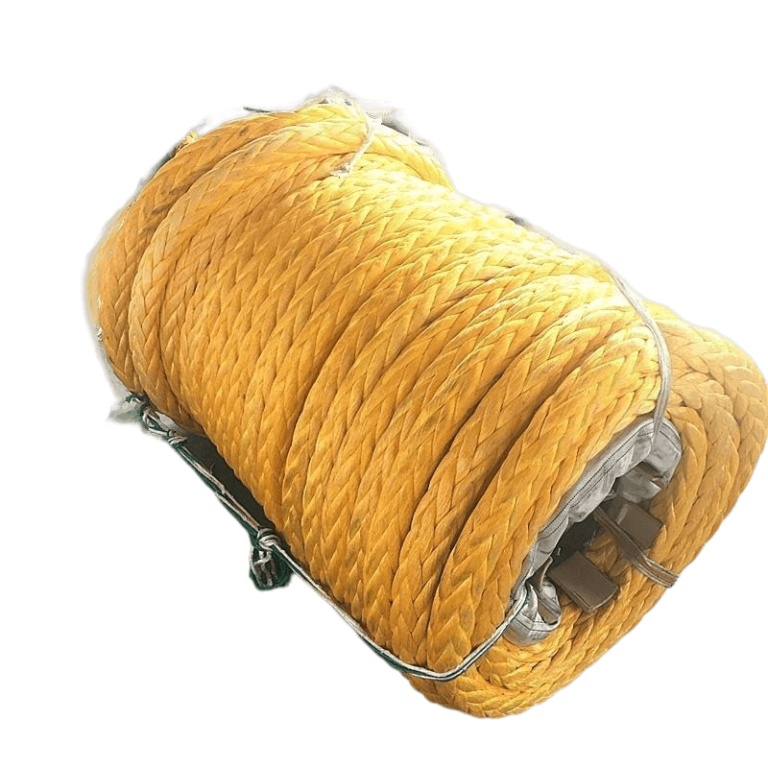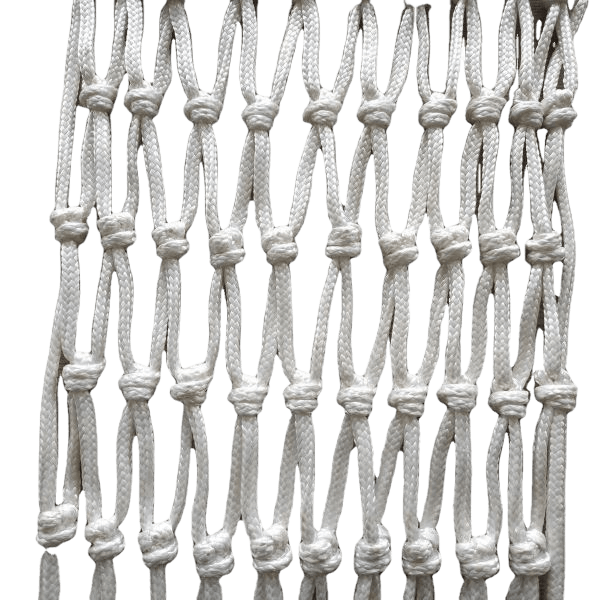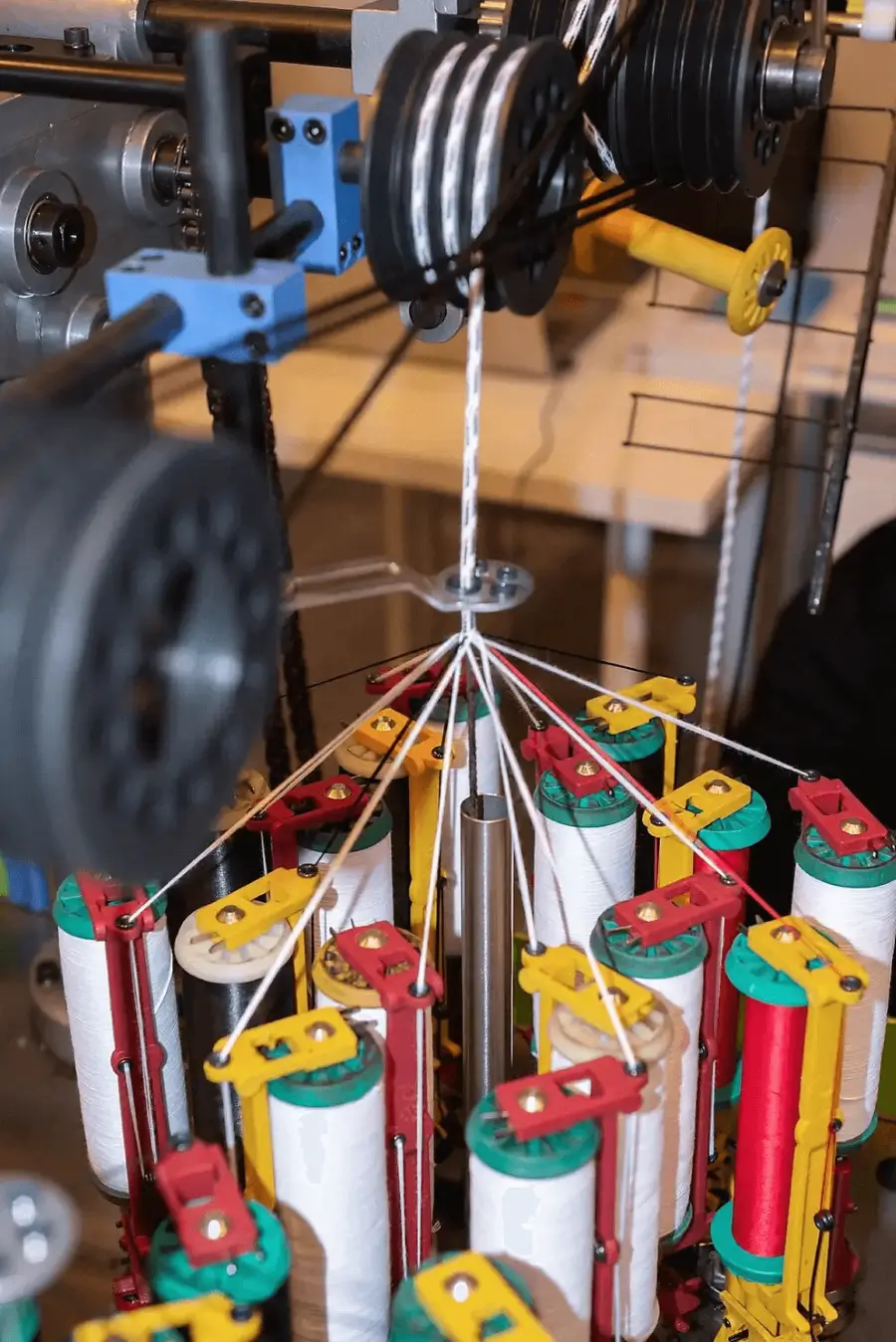FISHING LONGLINES
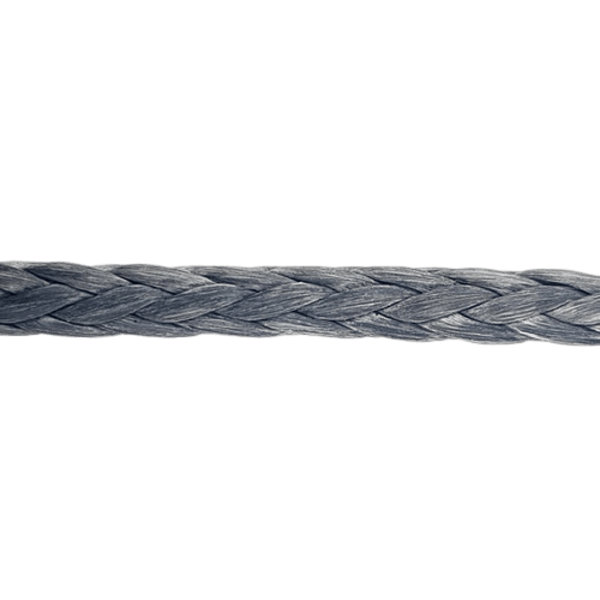
UHMWPE FISHING LONGLINES
Fishing longlines made of UHMWPE (Ultra-High-Molecular-Weight Polyethylene) represent the pinnacle of fishing gear technology. It sets the gold standard in modern fishing gear. A blend of innovation and efficiency, they’re the top choice for global fishing professionals. .
- Superior Tensile Strengt
- Reduced Drag
- Enhanced Sensitivity
- Resistant to Weathering
Table Of Contents For This Page
To ensure easy access to the information you need, we’ve created this table of contents that will take you directly to the relevant section when clicked
General Applications
Duracordix Fishing Longlines Enhance Fishing Operations Efficiently.
- MAIN FEATURES
Hot Selling sizes
Top Picks: Most Popular Fishing Longlines Dimensions Revealed
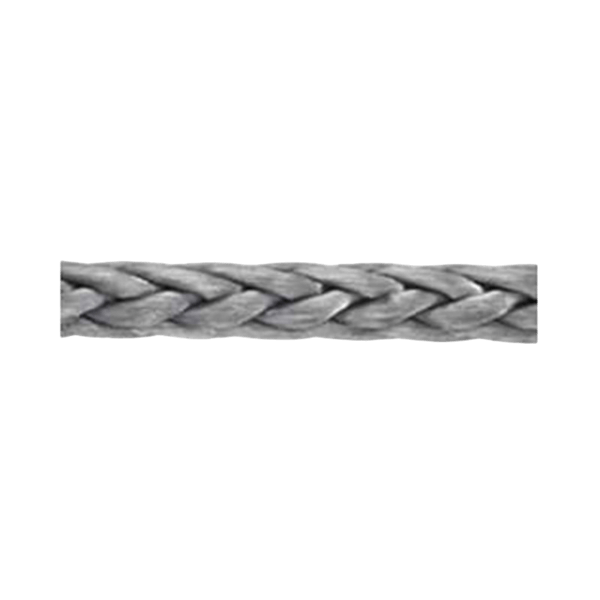
8mm x 2000m
Suited for commercial deep-sea fishing operations, ensuring the strength for massive hauls.

10mm x 2500m
Engineered for extreme depths and challenging marine conditions, providing superior strength and reach.
Duracordix is a fishing longlines manufacturer & Supplier in China.
we can produce various sizes for different applications and custom made for special projects.
No matter you’re looking for a wholesale supplier or custom made snatch strap, we can all help. contact Duracordix now.
- SIZES AVAILABLE
SPECIFICATION
Explore the Specifications of our UHMWPE Fishing Longlines For Your Use
| DIAMETER | DIAMETER | WEIGHT | KETX | KETX | BREAKING STRENGTH | BREAKING STRENGTH |
|---|---|---|---|---|---|---|
| mm | inch | 100m(kg) | standard | error | ton | kn |
| 12 | 1/2 | 8.8 | 87 | 5% | 12.12 | 121 |
| 14 | 9/16 | 12 | 119 | 5% | 15.4 | 153 |
| 16 | 5/8 | 15.5 | 151 | 5% | 20.6 | 205 |
| 18 | 3/4 | 19 | 190 | 5% | 23.9 | 238 |
| 20 | 13/16 | 23 | 225 | 5% | 28.99 | 289 |
| 22 | 7/8 | 28 | 276 | 5% | 33 | 322 |
| 24 | 1 | 37 | 368 | 5% | 38 | 371 |
| 28 | 1-1/8 | 50 | 490 | 5% | 57.5 | 562 |
| 32 | 1-5/16 | 62.5 | 621 | 5% | 68.5 | 671 |
| 36 | 1-1/2 | 77 | 767 | 5% | 80.4 | 789 |
| 40 | 1-5/8 | 87 | 868 | 5% | 98.2 | 964 |
| 44 | 1-3/4 | 96 | 955 | 5% | 118 | 1158 |
| 48 | 2 | 114 | 1137 | 5% | 139 | 1364 |
| 56 | 2-1/4 | 159 | 1547 | 5% | 184 | 1805 |
| 60 | 2-1/2 | 180 | 1784 | 5% | 199 | 1952 |
| 64 | 2-5/8 | 209 | 2021 | 5% | 222 | 2178 |
| 72 | 3 | 268 | 2598 | 5% | 274 | 2688 |
| 80 | 3-1/4 | 328 | 3195 | 5% | 333 | 3266 |
| 88 | 4 | 427 | 4170 | 5% | 390 | 3825 |
| 96 | 3-5/9 | 509 | 4970 | 5% | 455 | 4463 |
Note: other sizes are available upon request.
- MAIN properties
Advantages Advantages OF Fishing Longlines
Discover the Advantages of Duracordix Fishing Longlies!
Superior Strength
UHMWPE longlines offer unmatched strength for their size, adeptly handling heavy loads and stresses. Their superior strength-to-size ratio ensures resistance to snapping and fraying under intense conditions.
Lightweight
While their strength might suggest otherwise, UHMWPE longlines are notably lightweight. This feature not only facilitates easier handling but also ensures quick and efficient deployment during fishing operations.
Buoyancy
When UHMWPE fiber used in fishing longlines, this means they naturally float. This floating capability is especially advantageous in various fishing scenarios, helping to reduce the risk of underwater entanglements and snags.
Thermal Stability
UHMWPE longlines offer consistent performance, from icy northern seas to warm tropical waters. Their thermal stability ensures optimal functionality across varied temperatures, making them versatile for diverse fishing conditions.
- Happy Clients
What They Said
Customer Testimonials: Raving Reviews for Duracordix Trawl Lines
- Pain-Free Purchase
WHY CHOOSE
DURACORDIX FISHING LONGLINE
- Adaptable Performance: Tested rigorously from -40°C icy waters to the balmy 35°C tropical seas, Duracordix longlines maintain their integrity, ensuring consistent performance across a broad temperature range.
- Minimal Tangling: Due to the specific buoyancy coefficient of our UHMWPE, there's a 70% reduction in underwater snag risks compared to traditional materials, drastically cutting downtime due to entanglements.
- Dedicated Expertise: With over 15 years in the industry, Duracordix's team ensures 24/7 guidance, aiding in 95% of customers finding the optimal line solution within their first purchase.
- Sustainability Edge: In an industry where approximately 10% of discarded lines contribute to marine pollution, Duracordix's UHMWPE longlines reduce environmental waste by up to 75% over their lifecycle.
- Long-Term Savings: While the upfront investment is approximately 20% higher, the unparalleled durability of our lines ensures a lifespan that's 2 times longer than conventional lines, leading to a 40% saving over a five-year period.
- we make more
Related products
Discover High-Performance Marine Solutions for Your Diverse Needs.
FAQs
Answers to Your UHMWPE Fishing Longlines Questions – Get Informed!
What are fishing longlines?
Fishing longlines are a commercial method using a lengthy mainline with multiple baited hooks attached. Set either near the surface or seabed, they target specific species like tuna or halibut, depending on depth and bait.
How does longlining differ from other fishing methods?
Longlining uses a single long mainline with multiple baited hooks, targeting specific species. Unlike trawling or netting, which capture masses of fish indiscriminately, longlining offers precision, often resulting in higher quality catches with fewer by-catch species.
Why use UHMWPE for fishing longlines?
UHMWPE (Ultra-High-Molecular-Weight Polyethylene) is used for fishing longlines due to its exceptional strength, durability, and resistance to marine environments. Its lightweight nature combined with its high tensile strength makes it ideal for handling heavy loads and resisting wear in challenging sea conditions.
Are longlines environmentally friendly?
Longlining can target specific fish species, reducing unintended by-catch and seafloor damage. However, challenges include accidental catch of non-target species, lost gear causing "ghost fishing," and marine mammal entanglements. Mitigations like circle hooks and bird deterrents are being adopted for a more sustainable approach.
How long are typical fishing longlines?
Typical fishing longlines can vary greatly in length, depending on their intended use and target species. They can range from a few hundred meters for small-scale coastal fishing up to 100 kilometers or more for large-scale commercial operations targeting pelagic species in the open ocean.
What species are typically targeted with longlines?
Longlines are versatile and can target a variety of species depending on the bait, hook size, and depth at which they're set. Typically, they are used to target:
- Tuna: Especially yellowfin, albacore, and bluefin varieties.
- Swordfish: A major target for many pelagic longliners.
- Halibut: Particularly in colder, northern waters.
- Cod: Especially in the North Atlantic regions.
- Sharks: Certain species are targeted for their meat, fins, or liver oil.
- Tilefish and Grouper: Common in warmer, subtropical waters.
- Snappers: Popular targets in many coastal areas.
- Patagonian Toothfish (often known as Chilean Seabass): Targeted in southern ocean waters.
Do longlines have an impact on seafloor habitats?
Yes, longlines can have an impact on seafloor habitats, but the extent varies based on how they're utilized:
Pelagic Longlines: These are set to float in mid-water, targeting species that live away from the seabed. Pelagic longlines generally have minimal direct impact on the seafloor since they don't touch it.
Bottom Longlines: These are weighted to lie on or just above the seafloor, targeting bottom-dwelling species. This type can have more direct interaction with the seabed. While they're less disruptive than methods like bottom trawling, which drags heavy nets across the ocean floor, bottom longlines can still:
- Cause physical disturbances or damage to sensitive habitats.
- Potentially alter the distribution of bottom-dwelling species.
- Lead to "ghost fishing" if lines are lost, where the gear continues to catch marine life.
How often do longlines need replacing?
The frequency with which longlines need replacing depends on several factors:
Material Quality: Longlines made from high-quality materials, such as UHMWPE (Ultra-High-Molecular-Weight Polyethylene), tend to have longer lifespans than those made from inferior materials.
Usage Intensity: Lines used frequently or in extreme conditions (e.g., icy waters, areas with many underwater obstructions) might wear out faster than those used less often or in more benign environments.
Maintenance: Regularly checked and well-maintained lines, where minor damages are repaired promptly, will have an extended lifespan.
Environmental Conditions: Factors like UV exposure, saltwater, and temperature fluctuations can influence the degradation rate of the lines.
Encounters with Large Fish or Predators: Lines subjected to the strain of catching large fish or being attacked by predators (like sharks) might need more frequent replacement.
Can recreational fishers use longlines?
Yes, recreational fishers can use longlines, but there are specific considerations and regulations to be aware of:
Regulations: Recreational longlining is governed by local rules dictating hook numbers, bait types, and target species. Always check local regulations before use.
Environmental Concerns: Longlining risks include by-catch and lost gear causing "ghost fishing." Ensure sustainable practices to minimize environmental impact.
Safety: Longlining poses injury risks from hooks and potential catches. Exercise caution during deployment and retrieval.
Skill Level: Longlining requires knowledge of species habits, bait choice, and depth settings. It's a technique more advanced than rod fishing.
Equipment: Commercial longlines are vast; recreational versions are shorter with fewer hooks, suited for smaller-scale fishing endeavors.
Are longlines used worldwide?
Yes, longlines are used worldwide. They're a preferred fishing method in various marine environments, from coastal waters to deep oceans, targeting a range of species across different continents and climates. Regulations and usage practices may vary by region.
How are by-catches managed in longlining?
anaging by-catches in longlining is crucial for the sustainability of marine ecosystems. Here are the primary methods employed:
- Circle Hooks: These reduce by-catch mortality, especially in sea turtles, compared to traditional J-hooks.
- Bait Selection: Specific baits can deter unwanted species, minimizing by-catch.
- Bird Scaring Lines: Streamers deter seabirds during longline setting, preventing them from taking bait.
- Depth Adjustments: Setting hooks at strategic depths targets specific species, reducing incidental catches.
- Training and Education: Crews trained in best practices can effectively release non-target species, enhancing their survival.
- Area Closures: Closing high by-catch or ecologically sensitive regions helps protect vulnerable marine life.
What's the primary benefit of using UHMWPE longlines?
The primary benefit of using UHMWPE (Ultra-High-Molecular-Weight Polyethylene) longlines is their exceptional tensile strength combined with light weight, which allows for outstanding durability and ease of handling, thus optimizing the efficiency and productivity in commercial fishing operations.
How does longlining impact shark populations?
Longlining, particularly pelagic longlining, has a significant impact on shark populations. Here's how:
- By-catch: Sharks are often unintentionally caught during longlining for other species.
- Overfishing: Some operations target sharks for their fins and meat, risking overfishing.
- Mortality Rate: Captured sharks can die even after release due to stress and trauma.
- Population Decline: Sharks' unique life cycle makes them vulnerable to rapid population drops.
- Trophic Cascades: As apex predators, shark decline can disrupt marine ecosystems.
- Regulations: Many regions now enforce rules to protect sharks from overfishing and harmful practices.
Are there eco-friendly alternatives to traditional bait in longlining?
Yes, there are eco-friendly alternatives to traditional bait in longlining:
Artificial Bait: Made from biodegradable materials, they don't deplete natural fish stocks and can be designed to target specific species, reducing by-catch.
Fish Waste: Instead of discarding fish waste (like heads, tails, and offcuts), they can be repurposed as bait, ensuring more of the fish is utilized.
Aquaculture By-products: The by-products from fish farming, otherwise discarded, can be used as bait, reducing the need to catch wild baitfish.
Plant-based Baits: Some research is being conducted into using plant-based materials to create baits, though their effectiveness varies by target species.
Pheromone-enhanced Baits: Using natural chemical signals can make baits more attractive to specific species, potentially reducing by-catch.
Eco-friendly Lures: While not bait in the traditional sense, some lures are designed to mimic the movement and appearance of prey, attracting target species without using actual bait.
What are the depths at which longlines operate?
Longlines can operate at various depths depending on the targeted species and the type of longlining method used:
Surface/Pelagic Longlines: These are set near the surface, typically targeting pelagic species like tuna, swordfish, and mahi-mahi. The depths can range from just below the surface to about 100 meters deep.
Mid-water Longlines: Targeting species that inhabit the middle layers of the ocean, these lines can be set at depths ranging from around 100 meters to 500 meters.
Bottom/Deep-set Longlines: These target demersal or bottom-dwelling species such as snappers, groupers, halibut, and certain sharks. They can operate at depths from about 200 meters to over 1,500 meters, and in some cases, even deeper, depending on the specific fishing grounds.
How do currents affect longline fishing?
Currents play a significant role in longline fishing, influencing both the operation and its success. Here's how:
Bait Movement: Currents can move baits, making them appear more lifelike and enticing to target fish. However, strong currents can also displace baits from desired depths or areas.
Line Drift: Currents can cause longlines to drift from their set positions. This can lead to lines moving into undesired territories, like protected areas or habitats of non-target species.
Gear Entanglement: Strong currents can tangle longlines, making retrieval difficult and increasing the risk of gear loss.
Target Species Behavior: Currents can influence the movement and feeding patterns of target fish. For instance, some species might congregate in specific current patterns to feed.
Setting and Hauling Difficulties: Strong currents can make setting the longline and hauling it back challenging, demanding more energy and time.
Gear Stress: Constant strain from currents can wear out gear faster, requiring more frequent replacements.
Safety Concerns: In very strong currents, longlining operations might pose risks to the crew, especially during setting and retrieval.
Can longlines be tracked?
Yes, longlines can be tracked. Here's how:
Buoy-based GPS Systems: Modern longline fishing operations often attach GPS-enabled buoys to their lines. These buoys transmit location data in real-time, allowing fishing vessels to track the position of their longlines.
Satellite Monitoring: Some GPS systems on buoys are equipped to send their data to satellites. The fishing vessel or even onshore operations can then monitor the longlines' locations from a centralized system.
Radio Frequency Identification (RFID): Some operations use RFID tags, which can help in short-range tracking and identification of equipment.
Vessel Monitoring Systems (VMS): While primarily used to track fishing vessels' positions for regulatory and safety reasons, VMS can also provide indirect tracking of longlines when combined with other data like timestamps of deployment and retrieval.
Acoustic Tags: These are less common but can be used in research or specific situations. Acoustic tags emit sound signals that are detected by underwater receivers, allowing for the tracking of longline movements in a defined area.
What are the main challenges in longline fishing?
Longline fishing, while effective, presents several challenges:
By-catch: One of the most significant issues with longline fishing is the unintentional catch of non-target species, including endangered species such as certain sharks, turtles, and seabirds.
Gear Loss: Currents, marine traffic, predators, or operational errors can lead to lost or abandoned longlines, contributing to marine pollution and posing threats to marine life.
Environmental Impact: Bottom longlining can disturb sensitive seafloor habitats, potentially damaging ecosystems and degrading fish habitats.
Regulations and Restrictions: To protect marine resources, many areas have regulations that restrict where, when, and how longlining can occur, requiring constant adaptation from fishers.
Operational Costs: The cost of gear, bait, fuel, and maintaining equipment can be high, especially if the catch is not sufficient.
Safety Concerns: Longlining operations, especially in rough weather or in waters with strong currents, can pose risks to the crew.
How do weather conditions affect longlining?
Weather conditions have a significant impact on longlining in various ways:
Safety: Rough seas, storms, or strong winds can make deploying and retrieving longlines hazardous. High waves or turbulent waters can endanger the crew, potentially leading to accidents or overboard incidents.
Equipment Stress: Strong currents, driven by wind and weather patterns, can strain or break the longlines. Additionally, rough conditions can lead to tangled lines or even lost gear.
Bait and Catch Impact: Stormy conditions might cause bait to be stripped from hooks or become less effective due to reduced visibility. Turbulent waters can also lead to reduced catch rates if target species dive deeper or move out of the area.
Fish Behavior: Weather conditions can influence water temperature and oxygen levels, affecting the behavior and distribution of fish. For instance, some species might move to deeper waters during a hot spell.
Operational Delays: Adverse weather can delay setting or retrieving lines, impacting the fishing schedule and potentially reducing the overall catch.
Navigation: Fog, heavy rain, or storms can impede visibility, making it challenging to navigate and locate the exact positions for deploying or retrieving longlines.

